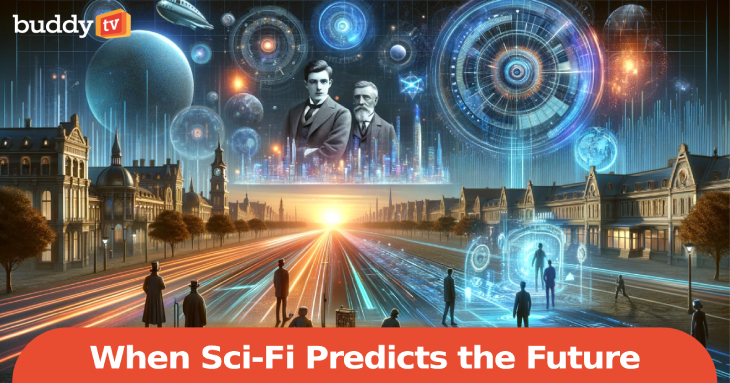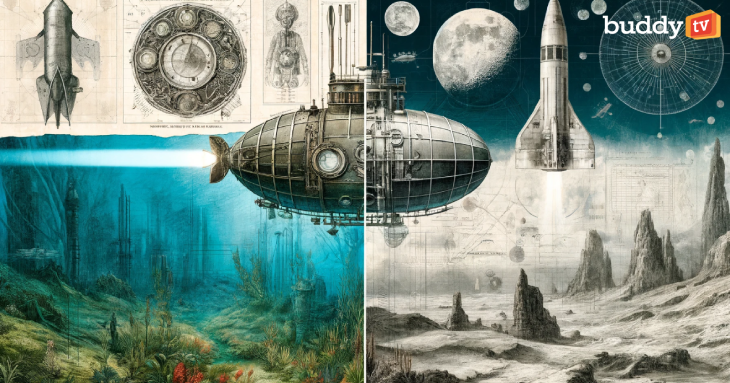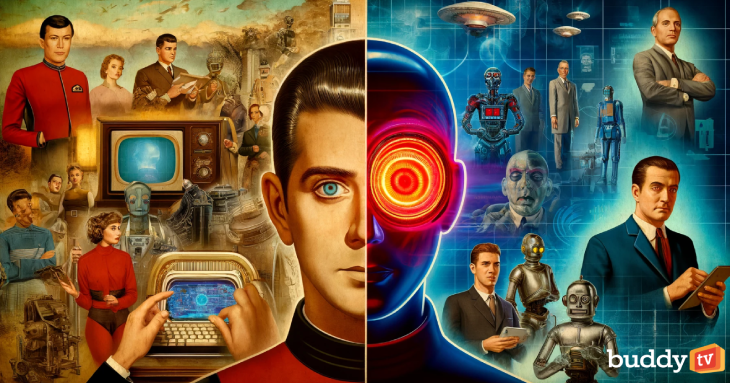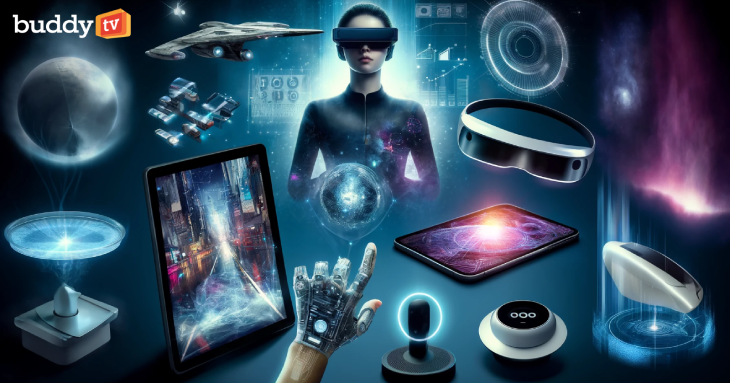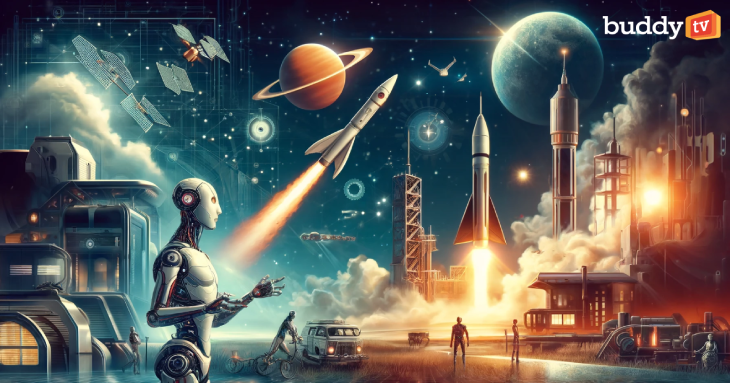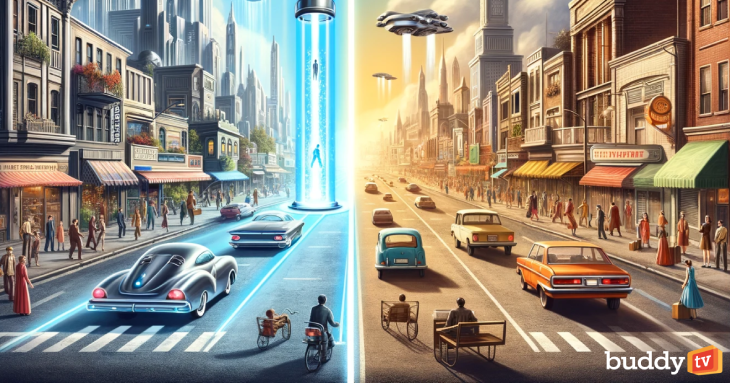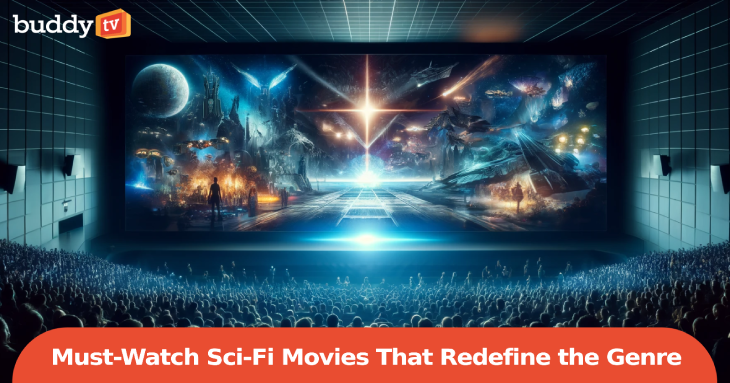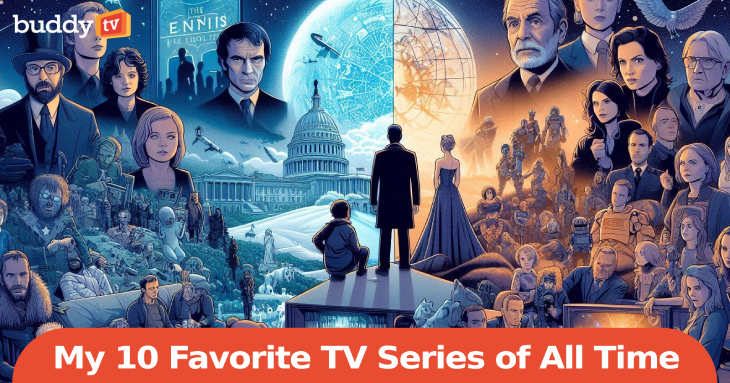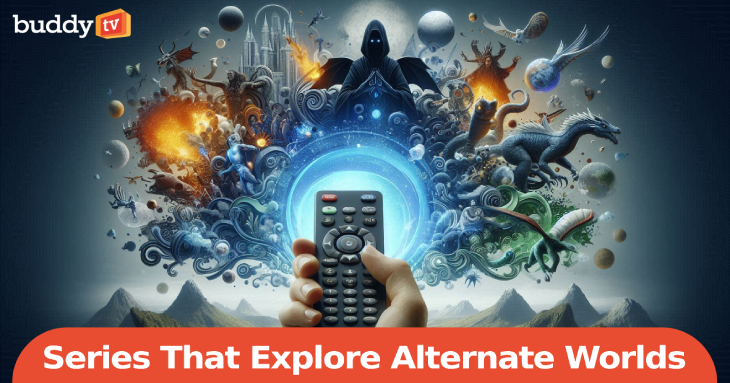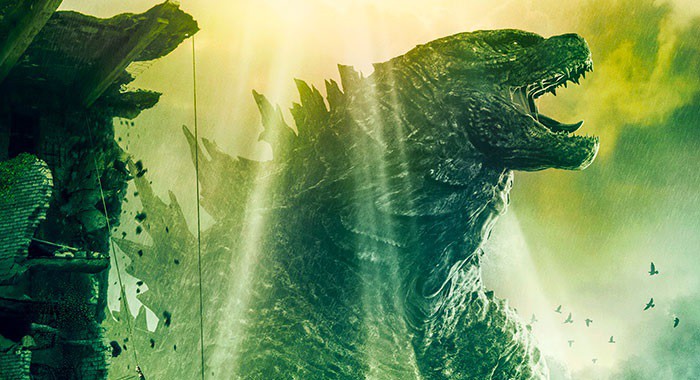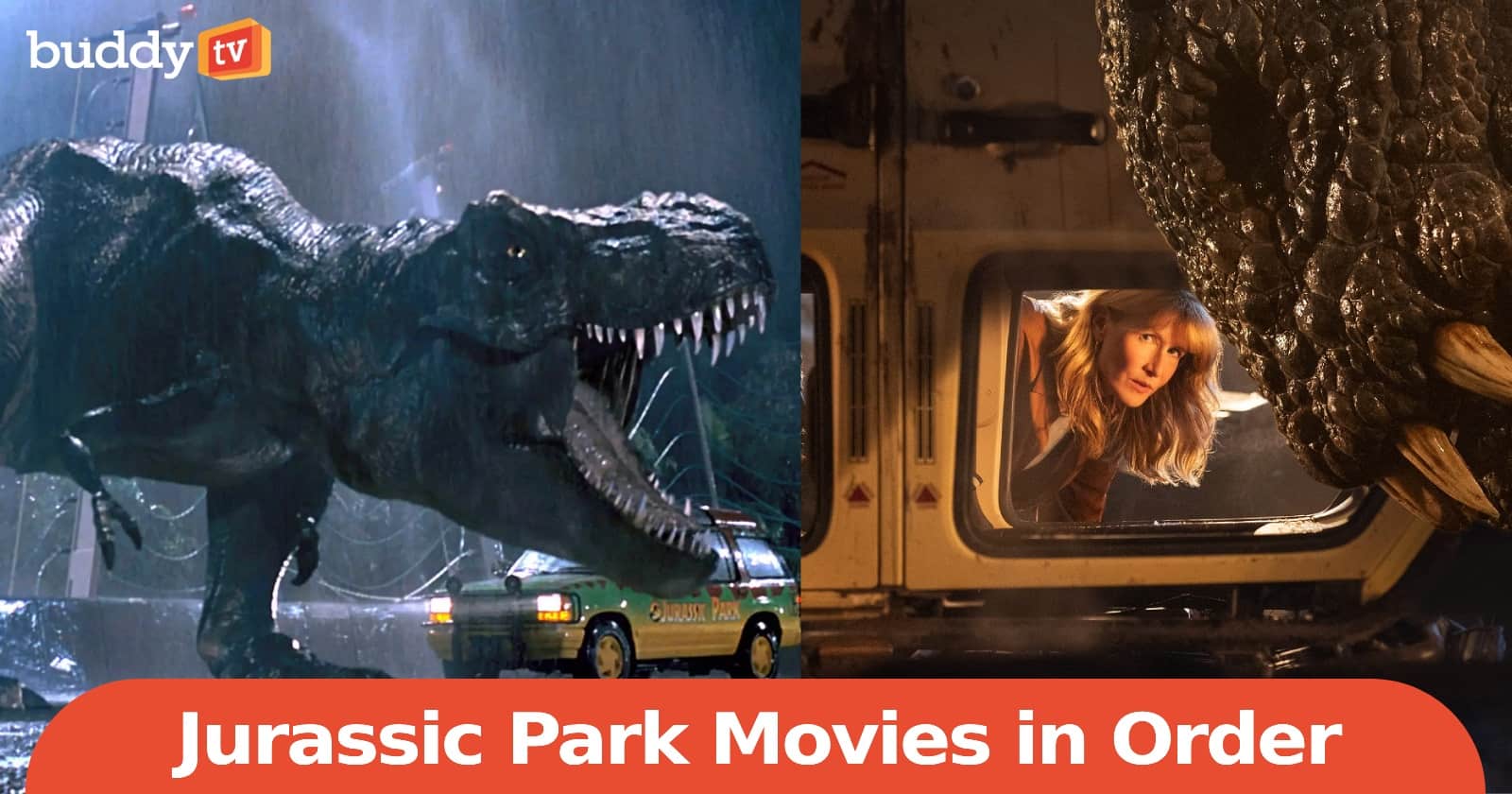Science fiction has long captivated audiences by imagining the impossible and turning it into a visual and literary spectacle. This genre does more than entertain; it offers a creative playground where writers and filmmakers can explore the potentials and perils of future technologies.
Remarkably, many of these fantastical ideas have leaped from the pages of novels and scenes of films into our real-world experience.
This article explores some of the most significant sci-fi predictions that have materialized into today’s technologies, demonstrating the uncanny ability of sci-fi to precede real scientific advancement.
Early Sci-Fi Predictions and Their Realizations
The lineage of sci-fi predictions traces back to the literary masters of the genre. Jules Verne, for instance, described detailed undersea adventures in submarines long before they were technically feasible in Twenty Thousand Leagues Under the Sea. Similarly, H.G. Wells’s The First Men in the Moon laid the groundwork for lunar exploration narratives that predated actual moon landings by several decades. These early imaginings were not mere fantasies but visions grounded in the scientific understanding and curiosity of their times.
From Verne’s submarines, which became a reality in the early 20th century, to Wells’ depiction of a lunar module, their works remarkably foresaw the technological capabilities that were to become standard. This predictive power of sci-fi was not just a testament to the writers’ imaginations but also to their profound understanding of scientific potential. According to ExpressVPN, these examples show the genre’s ability to leapfrog from speculative fiction into concrete technological achievements.
This early look at sci-fi’s predictive successes sets the stage for examining how the keen eyes of sci-fi creators also foresaw contemporary technologies. Moving forward, the article will delve into how the visual and narrative elements of sci-fi have continued to influence and mirror the evolution of technology in the modern era.
From Pages to Screens to Reality
Science fiction’s influence extends beyond the printed page, significantly impacting visual media like films and television. Iconic shows and movies have entertained millions and provided a blueprint for real-world technology. For instance, the original Star Trek series famously featured devices remarkably similar to modern tablets and smartphones. The tricorder, used by the crew to scan, analyze, and record data, mirrors today’s multifunctional handheld devices.
In Stanley Kubrick‘s visionary film 2001: A Space Odyssey, the concept of an interactive AI, much like today’s virtual assistants, was portrayed through the character of HAL 9000. Although HAL’s autonomous and moral decision-making capabilities remain a work in progress, the foundational idea of machine learning and voice-operated computers has been realized in products like Amazon’s Alexa and Apple’s Siri.
These examples illustrate how sci-fi doesn’t just predict technological advancements but inspires them. Innovators and technologists often cite sci-fi movies as their inspiration for pursuing the impossible. This reciprocity between fiction and reality showcases the unique role sci-fi plays in technological development, serving both as a predictor and a motivator for scientific exploration.
Sci-Fi Inspired Technologies: A Snapshot
- Tablets and Smartphones: Predicted by Star Trek with devices like the PADD (Personal Access Display Device), used for everything from diagnostics to communication.
- Virtual Reality and Holodecks: Foreseen by movies like The Lawnmower Man and Star Trek, which featured immersive, simulated environments that are now becoming a reality with VR technology.
- Voice-Activated Assistants: Inspired by 2001: A Space Odyssey’s HAL 9000, today reflected in devices like Siri, Alexa, and Google Assistant.
- Gesture-Based Computing: Anticipated in Minority Report, where characters use gloves to interact with a computer through hand movements, similar to modern motion sensors and VR interfaces.
- Video Calling: First seen in numerous sci-fi films, including Blade Runner, where video phones were a common means of communication. Now, services like Skype, Zoom, and FaceTime are everyday essentials.
- Self-Driving Cars: Imagined in Total Recall with Johnny Cab, an automated taxi service. Today, companies like Tesla, Google, and Uber are testing and refining autonomous vehicle technology.
The Role of Sci-Fi in Modern Innovations
Science fiction’s predictions often make the leap to reality through the inspired efforts of real-world innovators. Tech giants and entrepreneurs, like Elon Musk, openly credit sci-fi as a source of inspiration for their groundbreaking projects. Musk’s SpaceX and its mission to Mars reflect themes commonly explored in sci-fi, particularly the idea of interplanetary colonization, a concept that has been a staple of the genre since the early 20th century.
Furthermore, advancements in robotics and artificial intelligence also echo the narratives seen in sci-fi literature and films. Robots that once seemed exclusive to the world of Isaac Asimov novels are now becoming integral parts of our daily lives, from manufacturing to personal assistance. Sci-fi has not only anticipated these technologies but also helped frame the ethical and practical discussions surrounding their integration into society.
What Sci-Fi Got Wrong
While many sci-fi predictions have astonishingly turned into reality, the genre has also had its fair share of misses. For instance, the widespread use of flying cars and teleportation devices remains firmly planted in the realm of fiction. These technologies, frequently depicted in works like Back to the Future and various space opera series, present logistical and physical challenges that have yet to be overcome.
The exaggerated timelines for these technologies often reflect more about our hopes and the narrative needs of sci-fi than about practical scientific projections. However, these imaginative misses are equally important, as they continue to challenge scientists and engineers to push the boundaries of what’s possible.
Conclusion
Science fiction serves as both a mirror and a prophecy, reflecting our technological ambitions and predicting their realization. The journey from sci-fi imagination to technological reality is filled with both successful predictions and imaginative misses. Yet, the ongoing dialogue between sci-fi creators and technological innovators continues to drive the evolution of our technological landscape.
As we look to current and future sci-fi works, we might wonder which of today’s fiction will become tomorrow’s reality. The answers, likely found on the pages of our current favorite stories or in the latest blockbuster films, may well be guiding the next generation of innovators.
Discover more about how your favorite sci-fi works have shaped the technological world by exploring related articles and discussions online. Join the conversation and share your thoughts on which sci-fi predictions might come true next!

With a collective experience in film analysis and entertainment journalism, our team, comprised of avid movie buffs, has always been on the frontline of exploring cinematic universes, from the enchanting realms of Disney to the action-packed scenes of the MCU.
Our passion has led us to exclusive interviews with notable figures, early access, and active participation in the industry.
Recognized by the press, we dive deep into various genres, including drama, cartoons, comedy, and foreign films, always eager to bring fresh insights to our readers.
Connect with us or explore our journey to learn more about our adventures in unraveling the magic of the big screen.
